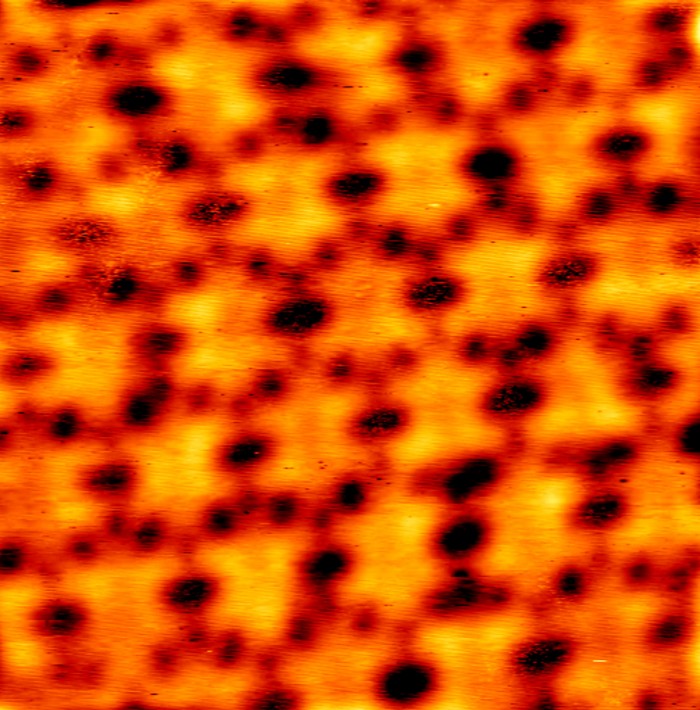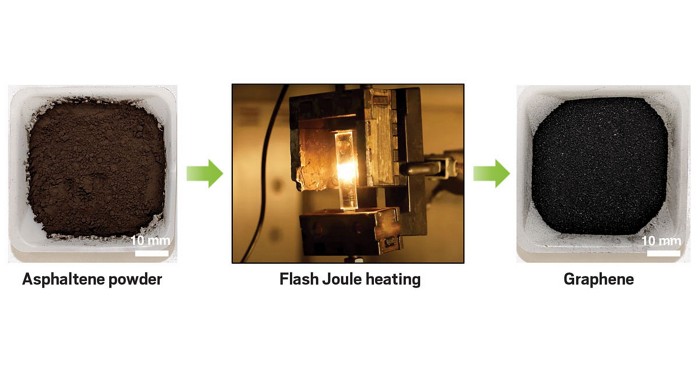Advertisement
Grab your lab coat. Let's get started
Welcome!
Welcome!
Create an account below to get 6 C&EN articles per month, receive newsletters and more - all free.
It seems this is your first time logging in online. Please enter the following information to continue.
As an ACS member you automatically get access to this site. All we need is few more details to create your reading experience.
Not you? Sign in with a different account.
Not you? Sign in with a different account.
ERROR 1
ERROR 1
ERROR 2
ERROR 2
ERROR 2
ERROR 2
ERROR 2
Password and Confirm password must match.
If you have an ACS member number, please enter it here so we can link this account to your membership. (optional)
ERROR 2
ACS values your privacy. By submitting your information, you are gaining access to C&EN and subscribing to our weekly newsletter. We use the information you provide to make your reading experience better, and we will never sell your data to third party members.
2-D Materials
Laser burns graphene onto Kevlar to power up protective gear
Using lasers to directly create graphene on Kevlar makes it easy to integrate electronics on textiles
by Lakshmi Supriya, special to C&EN
April 1, 2020
| A version of this story appeared in
Volume 98, Issue 13
Researchers have used lasers to make graphene on Kevlar textiles, creating protective clothing that can record the wearer’s electrocardiogram (ECG) or sense a toxic gas (ACS Nano 2020, DOI: 10.1021/acsnano.9b08638).
Yingying Zhang and colleagues at Tsinghua University used a carbon dioxide laser to write on Kevlar, a synthetic polyamide fiber generally used to make body armor and personal protective clothing. The laser burned and depolymerized the Kevlar fibers and the carbon atoms recombined to form graphene, as shown by Raman spectroscopy. Using a motorized setup for the laser, they were able to scribe any design on the textile in minutes.
The team used the technique to make a zinc-air battery, where one of the battery electrodes was the graphene-Kevlar textile coated with a cobalt oxide compound and the other electrode was zinc. Three such flexible batteries connected in series powered a green LED light on the fabric, which remained lit even when the fabric was flexed.
The graphene-Kevlar electrodes could also detect toxic nitrogen dioxide, sensing as little as 10 ppm with high selectivity. The team then combined the Zn-air batteries and the gas sensor to make a self-powered gas sensor textile. A fully charged battery could provide power to the gas sensor for about 12 h. In addition, the researchers also showed a high quality ECG signal using the graphene-Kevlar electrode textile wrapped around a volunteer’s arm, useful for making protective clothing that is also capable of monitoring a person’s vitals in the field.





Join the conversation
Contact the reporter
Submit a Letter to the Editor for publication
Engage with us on Twitter